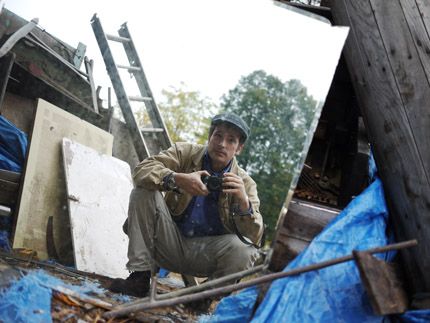
I couldn't help myself. All that time working "behind" the camera inspired me to snap a self portrait in an old busted mirror.
Way back last winter, our editor, Asa Christiana, brought up a good point regarding how to keep furniture making “fresh.” We’ve all built plenty of period pieces, Arts & Crafts tables, and Shaker cabinets, but what could we come up with that would really rock the furniture-building boat? Our former publisher-turned-editorial director Anatole Burkin quickly chimed in with some thoughts on the steampunk furniture movement and we all agreed that perhaps us snooty (some might say) furniture makers ought to attempt building some far-out pieces using found objects. The idea seemed intriguing but we weren’t quite sure where to go for inspiration, when all of-a-sudden, in walked Fine Woodworking associate art director John Tetreault.
|
|
|
Now, I should explain that John has a reputation around here of always falling into fantastic found objects (often free or for VERY cheap). Let’s see, there was the entire garage full of solid cherry that he bought for less money than most folks would pay for a used Ford Pinto, the piles of beautiful old barn wood he would cart into the shop after snooping around at his father’s pseudo junkyard up in Massachusetts …. wait a tick (light bulb). John was our man.
Tetreault’s father spent decades as an antique dealer, buying up big lots from estate sales, acquiring the pieces to any number of old barns, and basically collecting a whole ton of bric-a-brac. And John’s family had the acres of salvaged items to prove it. So we hopped in the car, headed north, and picked out a few items with which to build our experimental furniture.
In keeping with Asa’s original idea, we’ll be blogging about a few of the pieces we made from these found objects over the course of the next few months. To get an idea of the scope of the Tetreault property, be sure to have a look at our video tour. Enjoy – and check back soon!
Enter the Lab
Furniture Lab Team
Over the course of the next few months, we’ll chronicle Furniture Lab projects built by our team of four woodworkers. Plus, we’ll be back with future projects from other members of our print and web editorial staff.
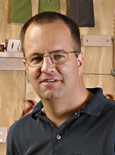 Asa Christiana
Asa Christiana
Asa Christiana is editor of Fine Woodworking. A winding path led him to the magazine in 2000. He attended a technical high school, where he learned the machinist trade and became interested in building things. After college Asa took a number of teaching jobs, first teaching math in the Peace Corps and then English back in the United States. Later, he worked as an editor at two newspapers and then worked his way up through the ranks at Fine Woodworking to his current role as top editor.
 Anatole Burkin
Anatole Burkin
An avid woodworker and metalworker, Anatole Burkin joined the Fine Woodworking editorial staff in 1998. Over the past decade, he has worked side by side with leading woodworkers around the country to produce compelling articles. He has also interviewed some of the best known woodworkers, including James Krenov and former President Jimmy Carter. Over the years Burkin rose through the ranks to become FW’s editor-in-chief, then publisher, and editorial director.
 John Tetreault
John Tetreault
For a woodworker who’s had the parts for up to three disassembled barns stacked on his property at any one time, it’s no surprise that John Tetreault would tackle a project as quirky as this one. An avid collector, and user, of antique hand tools, Tetreault enjoys building with reclaimed lumber, wide boards, and oversized timbers. When not laying out the pages of Fine Woodworking as the magazine’s associate art director, John enjoys painting, bronze sculpture, and raising his own chickens in a backyard coop.
 Matt Kenney
Matt Kenney
Matt Kenney taught philosophy before he started working as an associate editor at Fine Woodworking. He built furniture as a hobby and made his first big project, a crib for his daughter, on a 2 ft. by 10 ft. apartment balcony. Then a professional furniture maker in Camden, S.C., let Kenney hang out in his shop and taught him almost everything he knows about the craft. Kenney has been at Fine Woodworking since 2008.
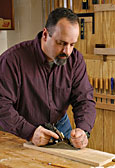 Michael Pekovich
Michael Pekovich
Michael Pekovich is Fine Woodworking’s art director. A long-time woodworker, Mike caught the hand tool bug when he came to the magazine 10 years ago. On weekends he’s apt to be rummaging for old tools to fill out his collection at flea markets and tag sales, and he wrote an article on tips for using hand tools in issue #178. His taste in furniture is typical of the magazine’s readers. Growing up in California, he was inspired by the writings and work of James Krenov and a visit to the Gamble house in Pasadena cemented his love for Arts and Crafts furniture. Upon relocating to Connecticut, Mike developed a passion for the simplicity and subtle proportions of Shaker furniture and for working with hardwoods native to New England.
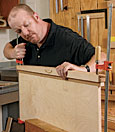 Tom McKenna
Tom McKenna
Tom McKenna is a senior editor at Fine Woodworking magazine. He was introduced to woodworking when he enrolled in a basics class during his freshman year in high school on Long Island.
He moved to Connecticut in the early 90s, to become an editor at a home improvement magazine. He landed at Fine Woodworking in 1998, working behind the scenes as the magazine’s senior copy editor, a job that allowed him to re-engage his woodworking hobby in earnest. In 2004, he came out from behind the curtain, taking a job as associate editor.
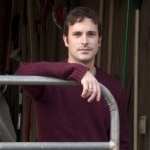 Ed Pirnik
Ed Pirnik
Raised in Madison, Connecticut, where he spent his high school and college years apprenticing as a timber-frame carpenter, Ed Pirnik traded in his tool belt for a notepad and camera upon college graduation. Arriving in New York City, he spent over eight years in the news industry as a photographer, writer and editor.
Never one for the big city, Ed returned to Connecticut in 2009 to become a Web Producer at Taunton Press, where he has been able to combine his interest in media with his love for woodworking. Today you can find him at work on the websites of both Fine Woodworking and Start Woodworking, where he appears opposite Asa Christiana in Season Three of Getting Started in Woodworking.
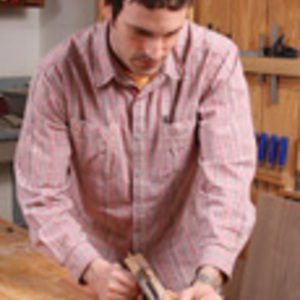
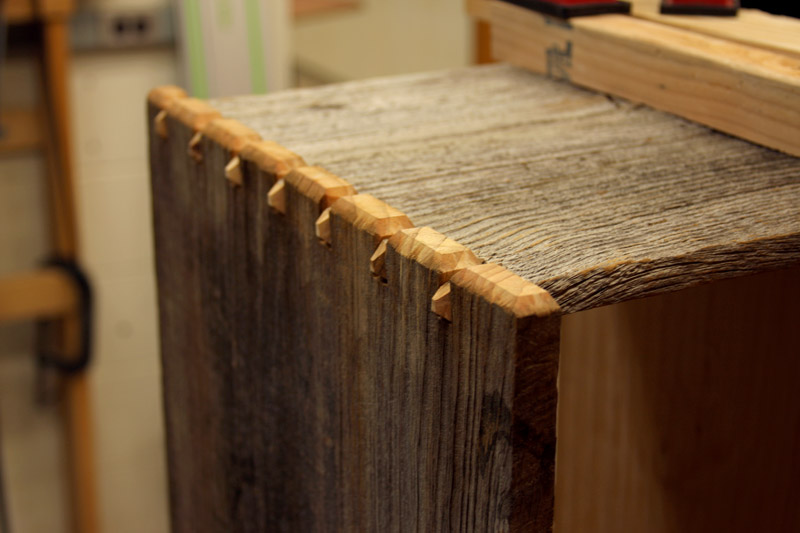
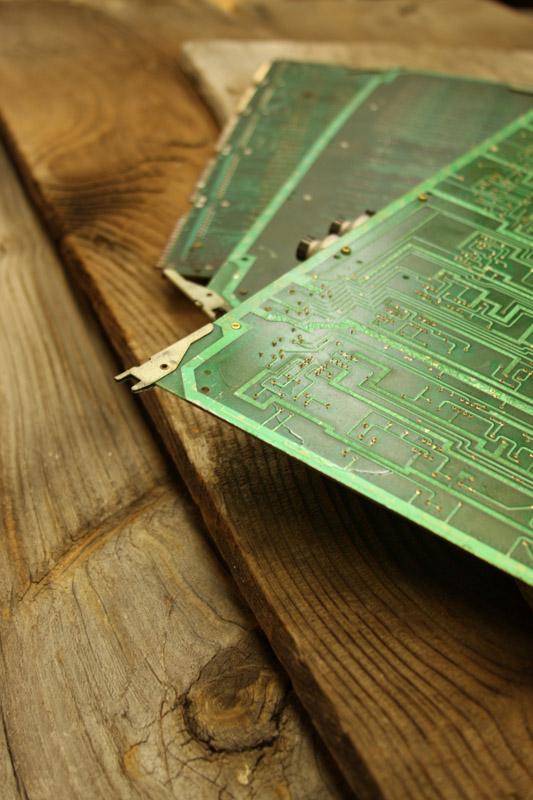
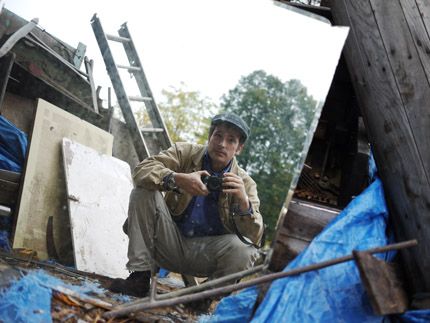
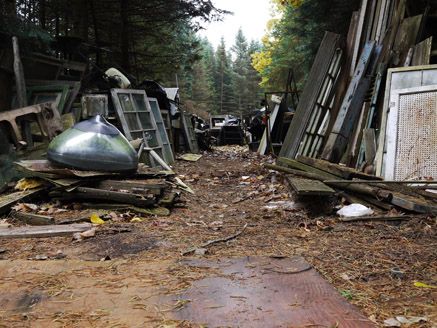
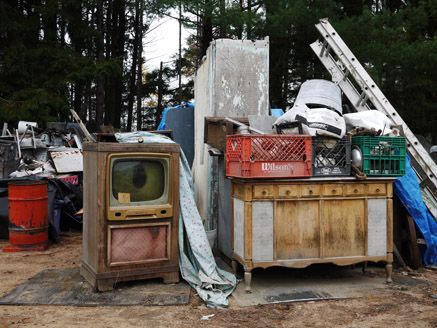
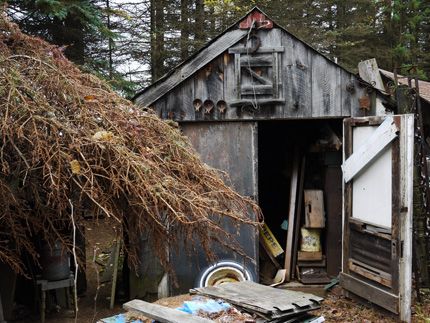
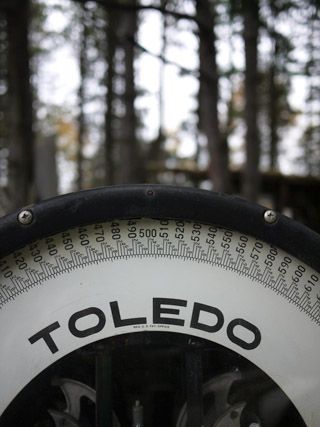
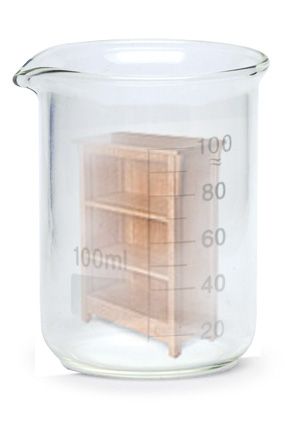

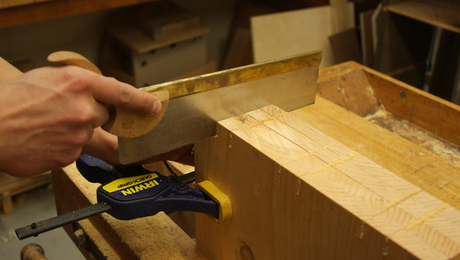
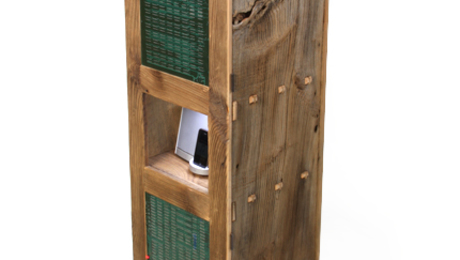
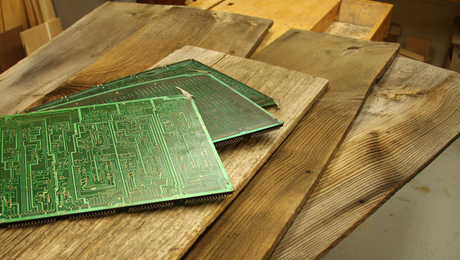


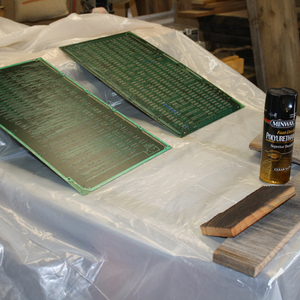
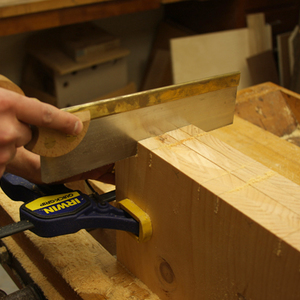











Comments
Have you considered applying for Superfund status? It would appear that you have enough toxic waste there (asbestos, lead, mercury from the TV picture tubes) to poison a small city.
-Steve
'twas a veritable playground of neat, weird, oddball "stuff." You name it, it was probably there. That Toledo scale was one of the coolest things that caught my eye. Don't know why on Earth I'd want one in my living room but I do - really, I do. My wife (rightfully so) doesn't understand me:)
Ed
Steve,
I appreciate your honest concern. The few hazardous items are being dealt with on the towns hazardous waste days. I'd have to say, the process of combining creativity and imagination to turn salvaged materials into good usable furniture is extremely satisfying. I would classify the site as a "Super-Fun" site! ba-dum-cchh!
Superfund will soon have to be redefined as we will all attain that status with big bro mandating CFL's in and incandescents out.
Log in or create an account to post a comment.
Sign up Log in